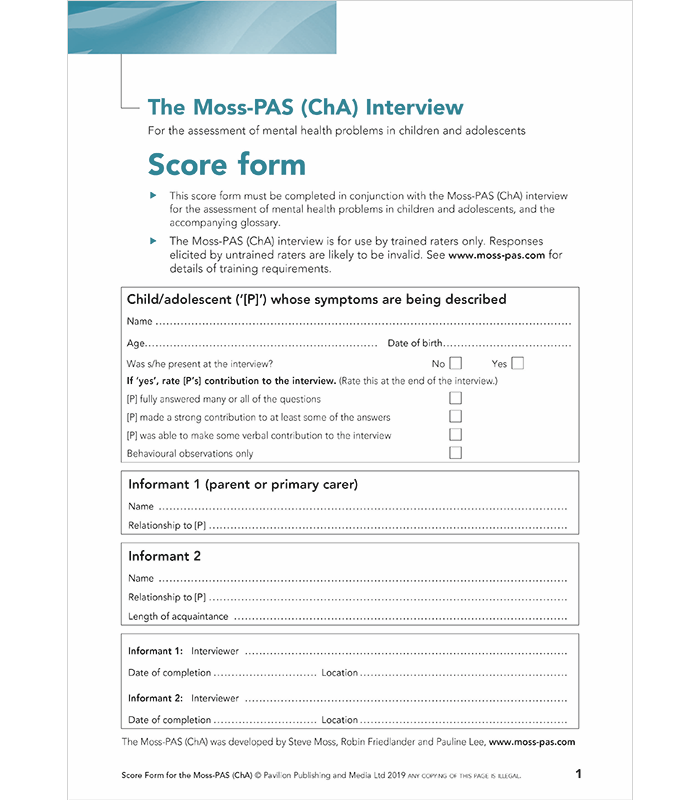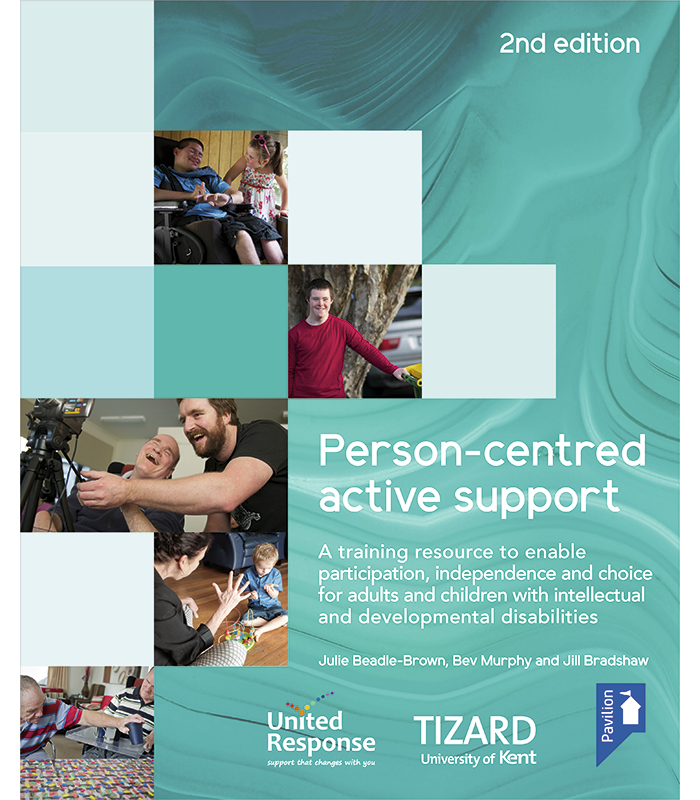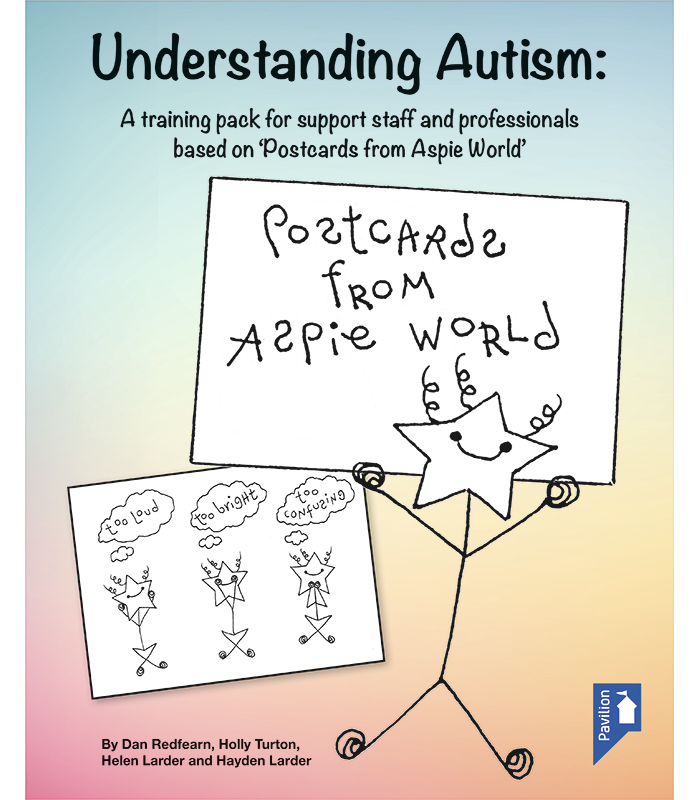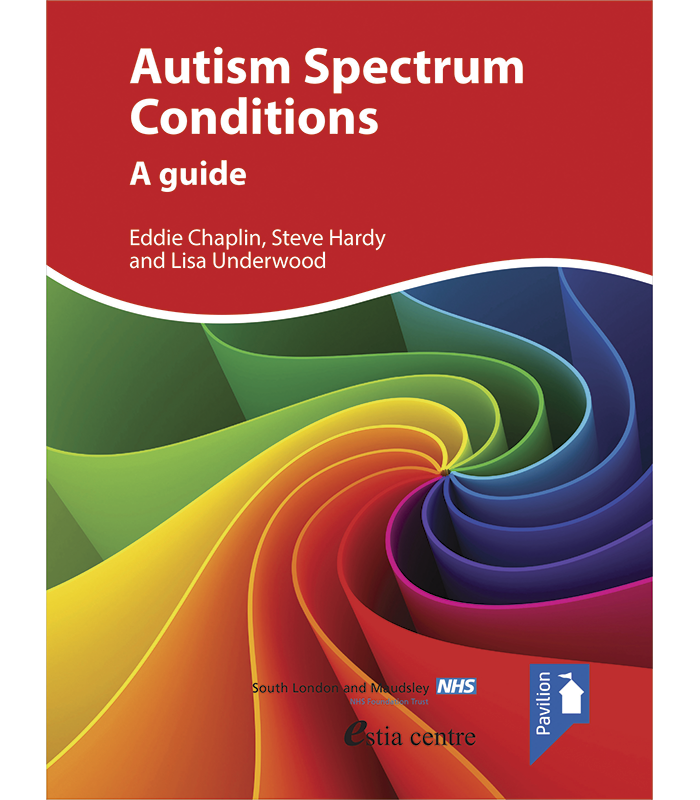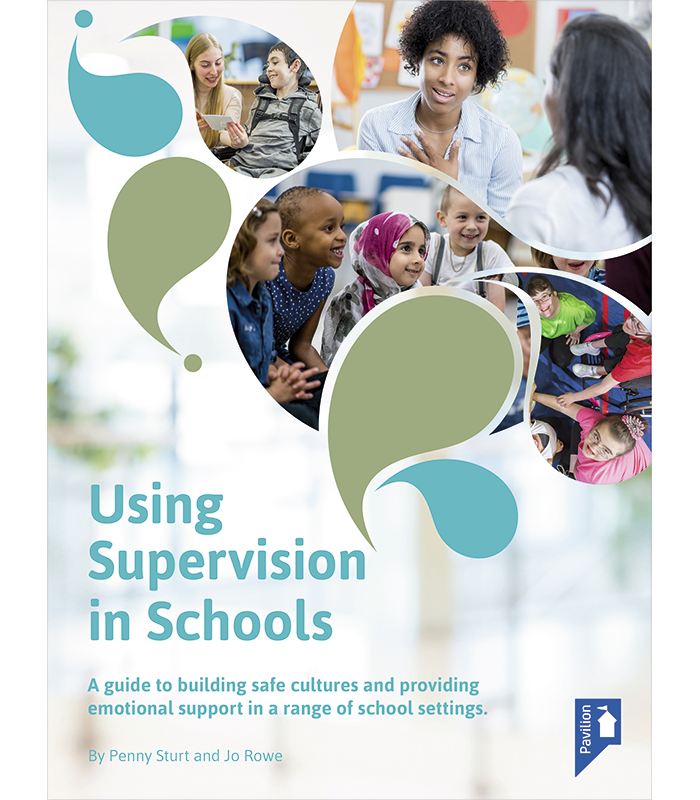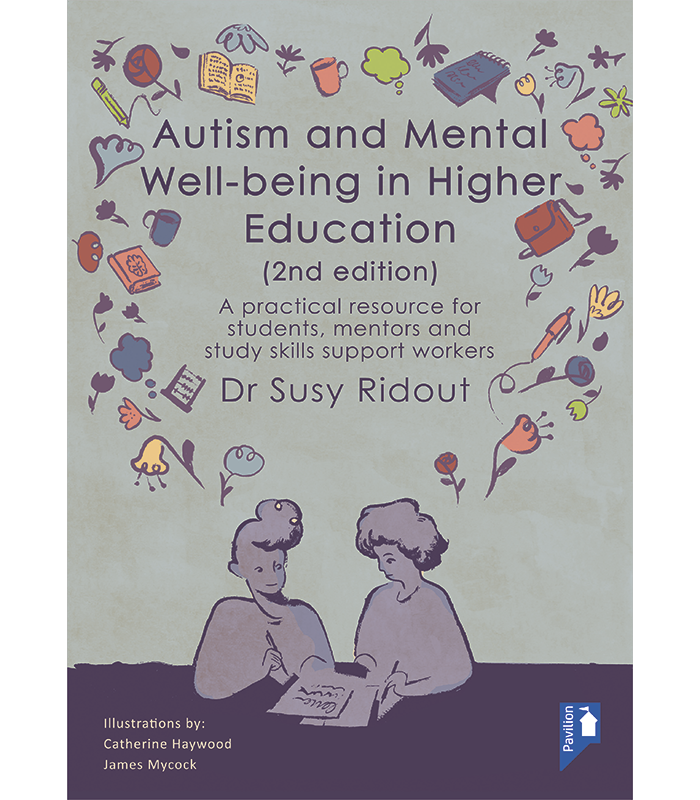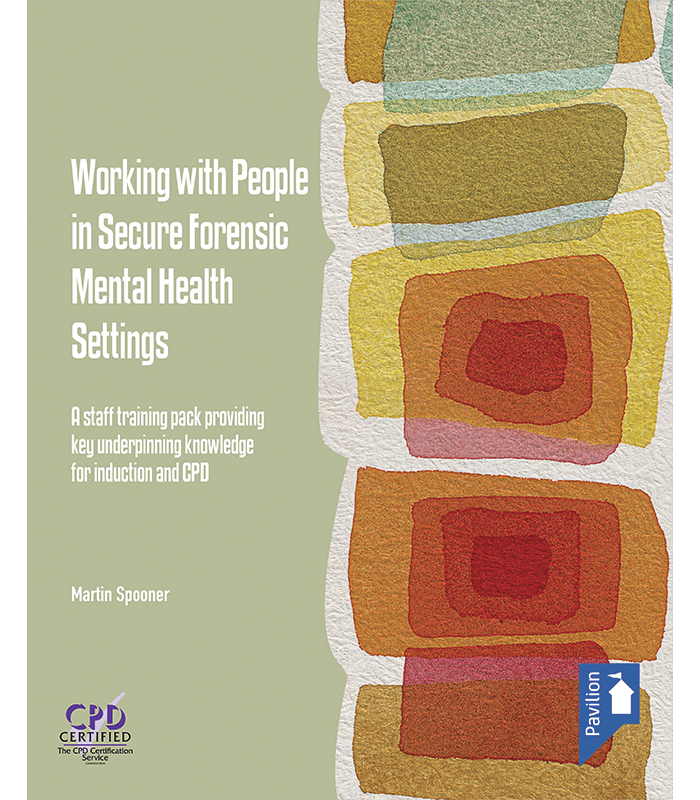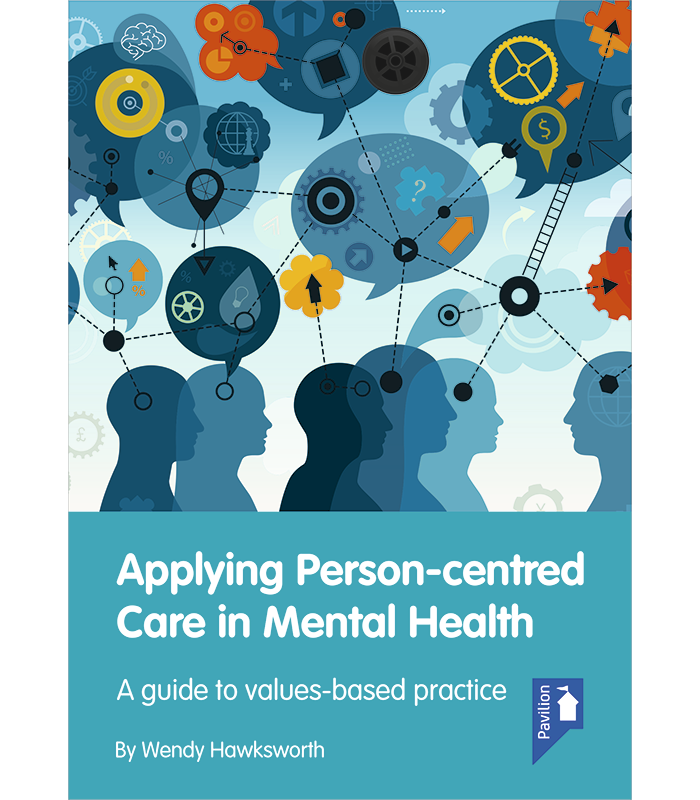
Since the early 1990s the PAS-ADD tools have been increasingly used for the assessment of mental health problems in adults with intellectual disability (ID), and are now widely used throughout the world. The Child and Adolescent Psychiatric Assessment Schedule (ChA-PAS Interview), is designed for use with children and adolescents, both in the normal range and those with ID.
The basic format is developed from the Mini PAS-ADD, which is specifically designed to improve the quality of information from informants. This latter instrument has received a lot of attention, partly because of its high reliability, and partly because it can be used by people who are not psychiatrists or psychologists.
Like the Mini PAS-ADD, the ChA-PAS is a semi-structured clinical interview linked to a clinical glossary that guides the ratings. The ChA-PAS has, however, been extended to include ADHD and Conduct Disorder, as well as axis I psychiatric disorders. It also includes a screen for autistic spectrum disorders, using items provided by Prof. Michael Rutter. A further enhancement is that it enables two different informants to be interviewed, enabling a direct comparison to be made of their views. This is of course vital, particularly if ADHD or conduct disorder is to be diagnosed.
Although the primary focus of the ChA-PAS is on informants, clinicians can also include responses from the children themselves, and there is a provision on the score form to evaluate the level of their contribution.
The ChA-PAS Interview covers the following disorders:
• psychosis
• manic episode
• depressive episode
• anxiety disorder
• obsessive compulsive disorder
• conduct disorder
• attention deficit hyperactivity disorder (ADHD)
• autistic spectrum (screening only).
The Moss Psychiatric Assessment Schedules (Moss-PAS) are the successors to this well-known PAS-ADD system. Click here to purchase the updated system.

